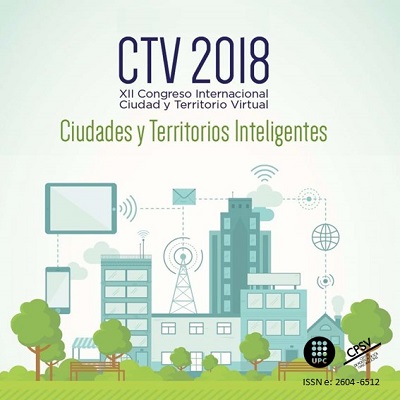Patterns of Urban Growth in the Metrpolization of Intermediate Urban Systems, the case of La Serena - Coquimbo Conurbation
DOI:
https://doi.org/10.5821/ctv.8234Keywords:
Growth of intermediate cities, fragmentation, spatial analysisAbstract
The conurbation of La Serena-Coquimbo is an urban system of intermediate cities, located in the northern center of Chile. With 448,784 inhabitants (INE, 2017), it has presented a sustained increase in population and area of its urban sprawl in the last three decades, in the way of being the fourth largest metropolitan area in the country. However, the city faces significant challenges in its conformation as a metropolitan system. The geomorphology of its site presents natural barriers to urban development and a high vulnerability to tsunamis; the dynamism of real estate and the strong fluctuation of floating seasonal population contrast with an inefficient road system and a fragmented planning.
In this context, this study seeks to unveil the spatial logic of the forms of growth of the conurbation, characterizing project typologies, and, from a model of expanding city and low-density growth to medium density, relate it to current problems of the conurbation.
With a quantitative approach, the spatial analysis of census data, building permits, and satellite photos is made, obtaining as results, both growth patterns and building trends.
The conclusions point to the identification of poles of growth in the conurbation that are incorporating new spatial dynamics of population concentration and spatially agglomerated building typologies. Second, a decrease in spatial fragmentation in the conurbation space as unbuilt spaces is filled. Finally, is detected a change in the slope of growth in extension (single-family dwellings) and density (multi-family dwellings).
























